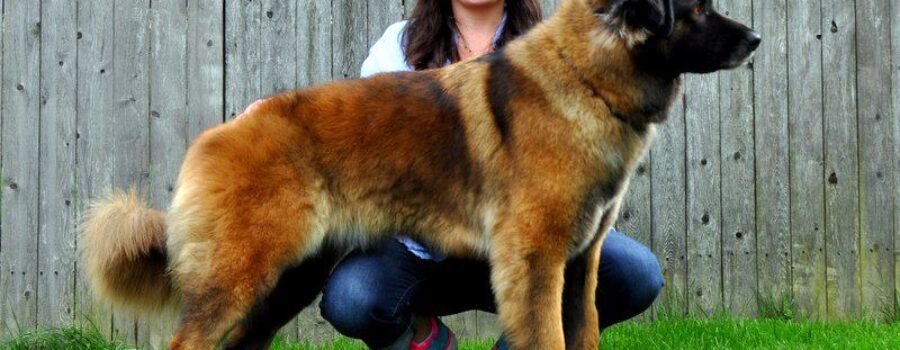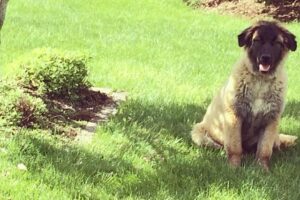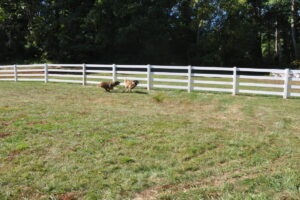The Estrela Mountain Dog, or Cão da Serra de Estrela, is a molosser-type dog that might have arrived in Portugal with the conquering Romans or somewhat later with invading Visigoths. Regardless of who deposited these stalwart dogs on their doorstep, Portuguese shepherds welcomed the stouthearted canines and put them to work guarding their flocks with a little herding on the side. Each year, flocks were driven from summer pastures in the high Estrela plains to graze in the warmer valleys during the winter. Isolated on the lonely migration routes, shepherds bred the dogs for the characteristics necessary to do the job: unlimited stamina, a protective coat, a powerful physique and an alert nature. As the centuries passed, a distinctive type of dog developed into a breed in the Estrela area of mid-Portugal.

Rejuvenating In the 20 th century, the secluded Estrela Mountain area remained securely fastened in the past. The Estrela Mountain Dog was largely ignored by its countrymen except for a few wealthy landowners who utilized the breed to guard home and livestock. Dog shows were coming into vogue, but the affluent people who participated were more interested in foreign breeds than the homegrown Estrelas.
Fearing the breed might be heading for extinction, some proponents held trials known as concursos from 1908 to 1919. They were basically working trials for livestock herding and guarding breeds designed to shift the spotlight to the Estrelas. As a result, a loosely worded breed standard was drawn up in 1922, followed by the first official standard in 1933, which called for double dewclaws and a long, hooked tail. Later refinements made dewclaws optional and reduced the allowed colors.
The Estrela may have either a short or long double coat, with the outer coarse coat and soft, insulating undercoat. The permitted colors have been narrowed down to fawn, wolf gray or brindle; a dark mask is considered highly desirable. As befits a dog designed to elicit fear in the eyes of a predator, the well-muscled, robust Estrela measures from 24 to 28 ½ inches tall at the shoulder and weighs 66 to 100 pounds. Rose ears are a unique feature on the lengthy head. The small ears fold over and back against the side of the head as seen in the Whippet.

New uses Following World War II, concursos returned, but it took the 1974 Portuguese revolution to re-establish the Estrela Mountain Dog. Dog shows, once the playground of the wealthy, were opened up to everyday people, and native breeds were shown with pride. The aftermath of the revolution also saw an escalation in the crime rate and with it, the demand for burly guard dogs. Estrela Mountain Dogs have found employment as police dogs, and the country’s marine corps relies on them as patrol dogs. With their strength and easy-going nature, they’ve also been successfully trained as service dogs for the handicapped.
The Estrela Mountain Dog was recognized by the Federation Cynologique Internationale in 1996. The same year, the breed was admitted to the United Kennel Club ranks in the United States. They have been part of the American Kennel Club’s Foundation Stock Service since 2004 and have been welcome to participate in AKC Performance events since 2007.
Breeders of champion Estrela Mountain Dogs Margaret Boisture / Star Mountain Kennel Windsor, CT StarMountainKennel.com@gmail.com www.StarMountainKennel.com

This article reprinted with permission from Dog World and Alice Bixler from the September 2012 issue. Pictures substituted for Star Mountain Kennel photos.




